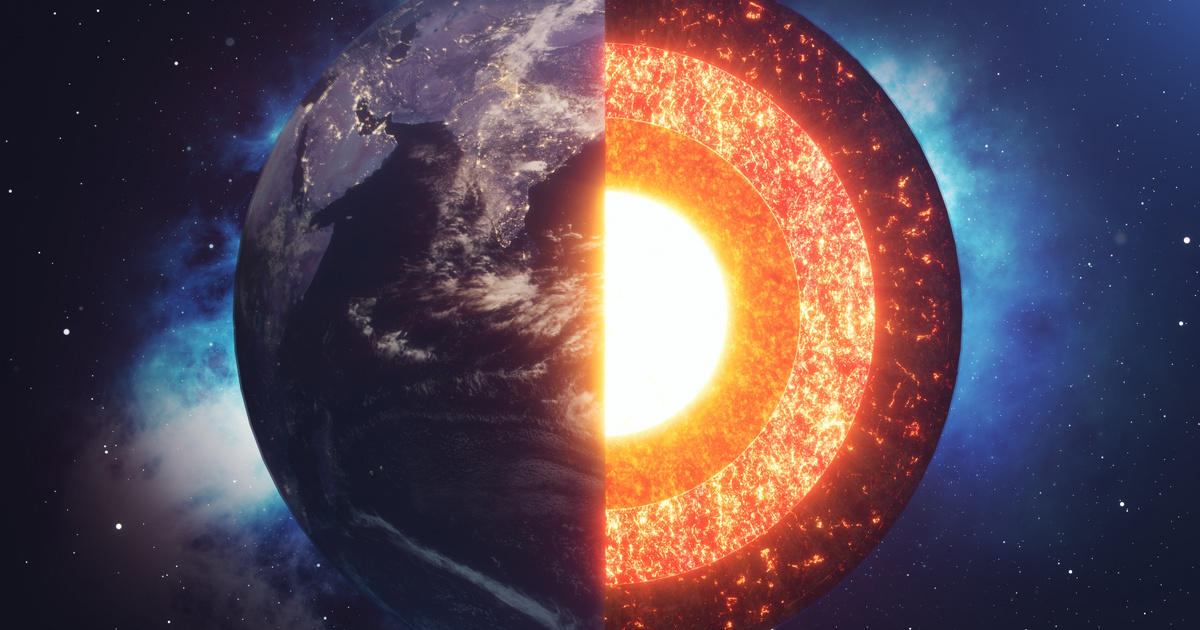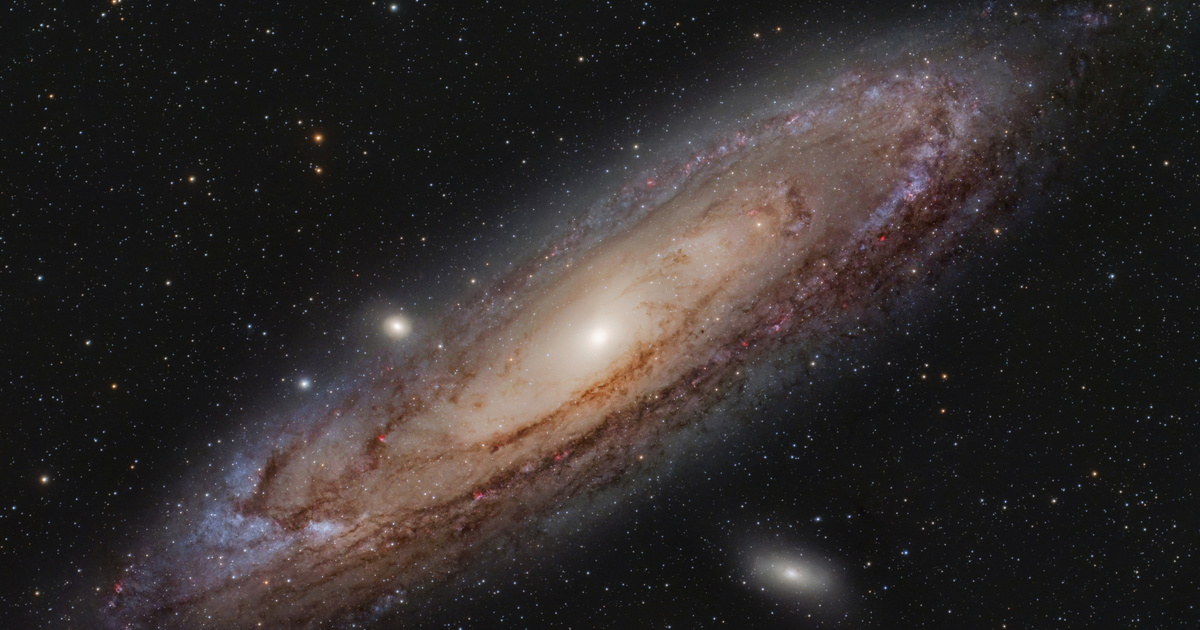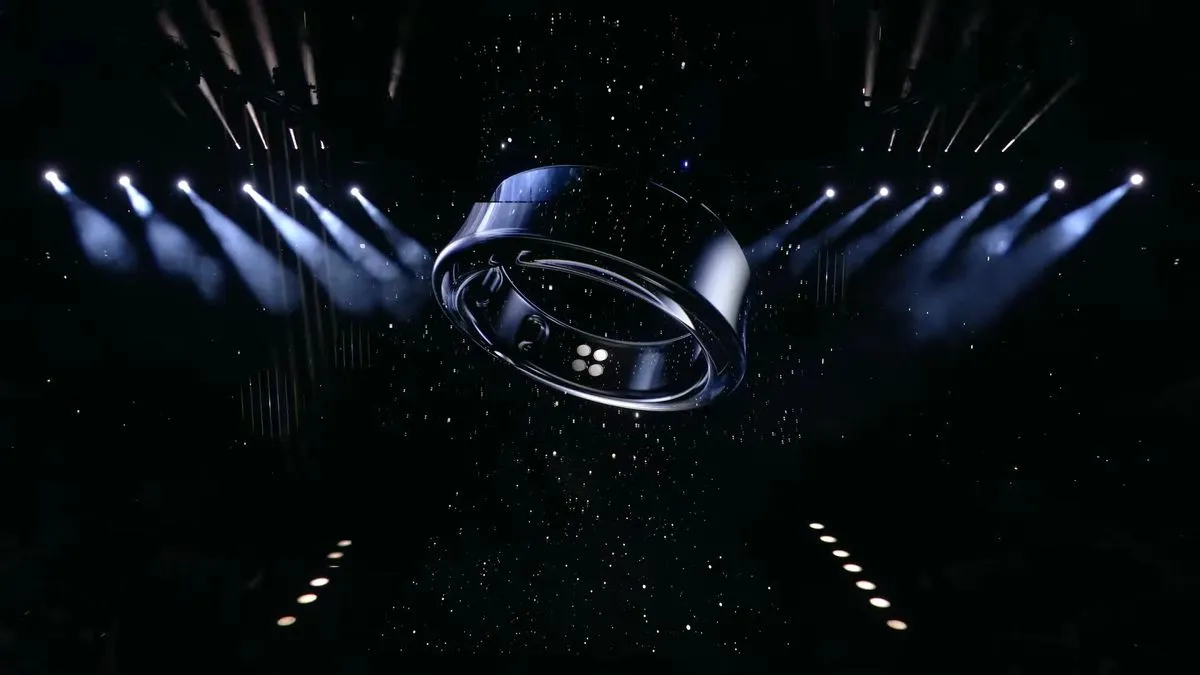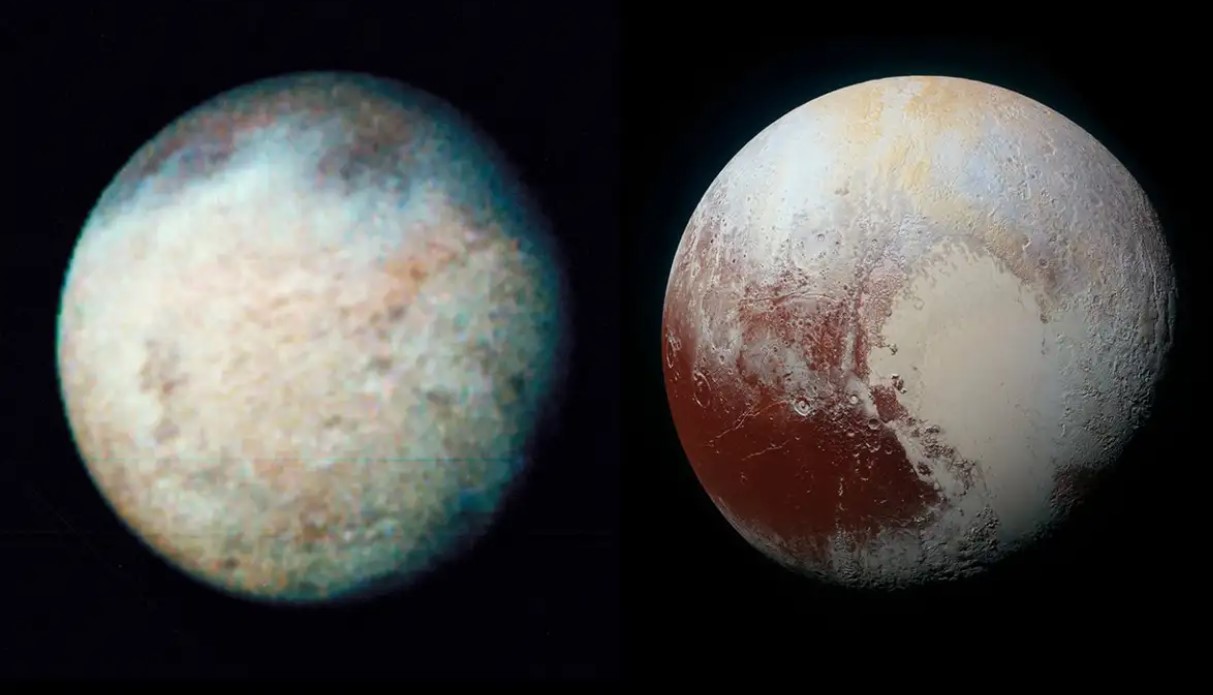Through stunning images, NASA demonstrated the impact of meteorites on Mercury's exosphere, the upper layer of its atmosphere.
In new NASA spectroscopic images, we can see Mercury in a way that has never been seen before. What is striking from a scientific standpoint in NASA’s images is that they show surprising correlations between the frequency of meteorite impacts and the time of day.
Through the large amounts of magnesium and calcium discovered in the exosphere, researchers concluded that meteorite impacts often occur in parts of Mercury where it is only dawn. Scientists also discovered that meteorites entering the planet's atmosphere in the morning are likely to come from the family of Jupiter and Halley-type comets. Incidentally, the images used in the modeling were taken by a structure called MESSENGER, which was the second human-made spacecraft capable of approaching Mercury.
Recently, researchers studied images taken by the MESSENGER probe and concluded that conditions for life may exist in salty glaciers at Mercury's north pole. And all this is also unusual because the conditions on the planet named after the fast-footed messenger of the gods, Mercury, are not very pleasant: the planet's average daytime temperature is approx. 330°C, the maximum can reach 480°C. The nights are almost too hot. The temperature drops to -180°C.












































